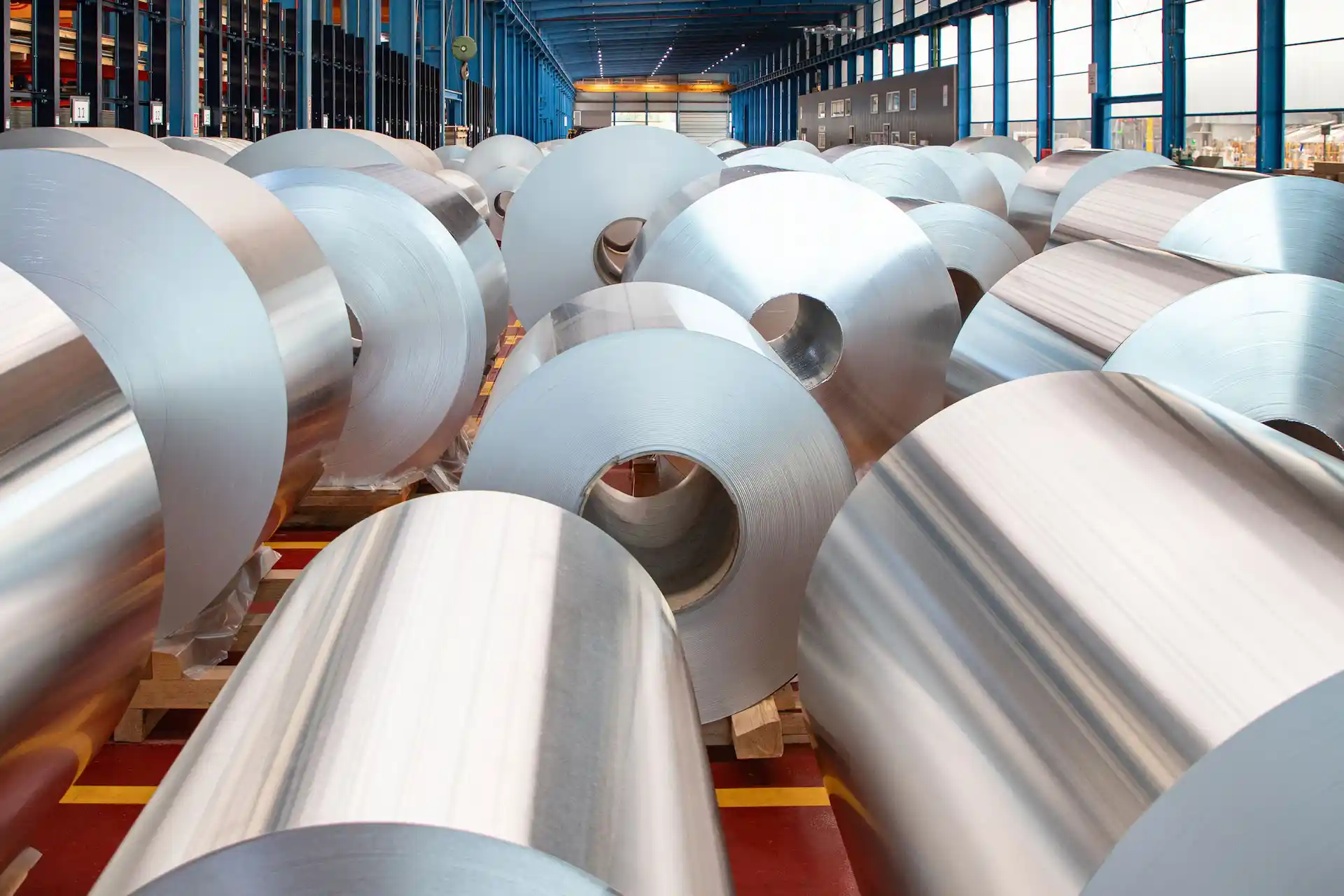The contribution of recycled aluminium to the circular economy in the construction sector.
Aluminium is one of the most valuable and versatile raw materials in the construction industry, it stands out for being infinitely recyclable, making it a key component for a sustainable circular economy.
Aluminium is completely recyclable, retaining its physical and chemical properties completely after the recycling process. This aspect is crucial, as it allows continuous reuse of the material without any degradation in its quality.
In addition, the energy required to recycle aluminium is only 5% of the energy needed to produce virgin aluminium from bauxite ore, which represents a significant reduction in energy consumption and greenhouse gas emissions.
Aluminium recycling globally
It is estimated that around 75% of the world’s aluminium production is still in use after being recycled, this demonstrates the efficiency and acceptance of this process in various industries.
Aluminium recycling capacity allows millions of tons of this material to be re-incorporated into the production cycle each year, favouring the circular economy and reducing the dependence on the extraction of new mineral resources.
In 2020, the overall efficiency rate of aluminium recycling reached 76%, consolidating its position as one of the most widely recycled materials in the world. According to the Aluminium Association, in industrial sectors such as automotive and construction, aluminium recycling rates can exceed 90%, reflecting the commitment of these sectors to sustainability.
Use of aluminium in construction
Aluminium is a key material in the construction industry. It is used in windows, façades, roofs, solar protection systems, solar panels, railings, shelves and temporary structures among other uses. Approximately 25% of the aluminium produced worldwide is destined for construction. Its durability, corrosion resistance and thermal properties make it one of the best options for building exteriors. In addition, its malleability allows creative expression in architecture, pushing the boundaries of conventional construction toward works that change the personality of a city.
Advantages of aluminium in sustainable construction
- Lightness and Strength: Aluminium weighs only one third of steel, making it ideal for the construction of skyscrapers and high-rise structures due to its high strength-to-weight ratio.
- Durability: Resistant to water, corrosion and UV rays, aluminium does not become brittle at low temperatures; rather, its tensile strength increases.
- Reflectivity: The heat reflective properties make it excellent for roofs and cladding, helping to keep buildings cooler and reducing electricity costs.
- Non-toxic and recyclable: aluminium is inherently non-toxic and fully recyclable, promoting circular economy and reducing waste.
- Energy efficiency: The use of recycled aluminium in construction saves up to 95% of energy compared to virgin aluminium production, significantly reducing CO2 emissions.

Aluminium recycling process
The recycling process for aluminium includes several key stages; aluminium is collected from various sources, including end-of-life products such as window frames, cans and automotive components. The collected material is then sorted and cleaned to remove impurities and unwanted materials. Clean aluminium is crushed into smaller fragments for ease of handling and processing, and then the crushed fragments are melted into furnaces, turning into liquid aluminium. Finally, the cast aluminium is poured into molds to form ingots, which are then laminated into sheets or molded into various shapes according to the needs of various industries.
STACBOND’s commitment to sustainability
At STACBOND, we are committed to sustainability and efficient resource management. Our STACBOND RECYCLING programme ensures that aluminium composite panel waste is recycled efficiently, promoting a circular economy and minimising the environmental impact of our production. In addition, all our STACBOND A2 and STACBOND FR products have EPD environmental product certifications. Furthermore, we have obtained “Zero Waste Management” certification from Bureau Veritas, which certifies that we responsibly manage the generated waste, avoiding it ending up in landfills. We achieve this through the recovery, and subsequent recycling of our waste.
Our aluminium composite panel recycling process involves several stages: The panel scraps are classified according to the core type: A2 or FR. We use our own system to separate the aluminium core from the panel. Once separated, the aluminium is compacted to reduce its volume, facilitating its storage and handling. It is then melted to obtain recycled aluminium, which is transformed into coils ready for reuse in the manufacture of new products. The heat resistant core is crushed and cleaned of impurities to be reused as raw material in the production of new STACBOND panels.



